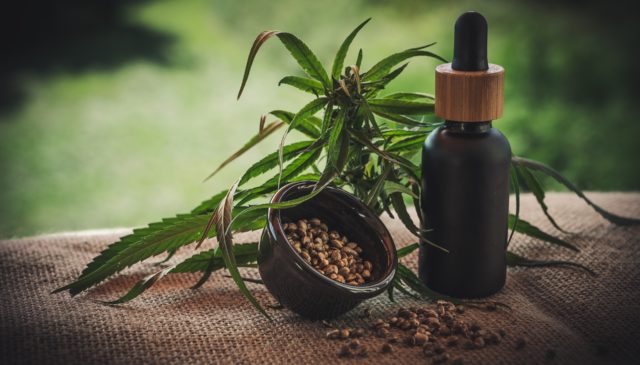
The US Drug Enforcement Agency (DEA) has released an Interim Final Rule to align its current classification of cannabis within the Controlled Substances Act (CSA) with the recently passed 2018 Farm Bill. This bill rubber-stamped industrial hemp production, removing Cannabis sativa L. containing a delta-9-tetrahydrocannabinol (THC) level of less than 0.3% from the auspices of the CSA.
In the new interim final rule, the DEA will designate all hemp products with THC levels greater than 0.3% as illegal and a violation of CSA statutes. This legal change poses a grave risk for owner/operators within the hemp supply chain, from growers to processors.
Although “hot hemp,” i.e., hemp above the THC threshold, is a well-known issue amongst farmers, cannabidiol (CBD) producers, and regulatory officials, the DEA ruling effectively criminalizes the problem instead of solving it.
“In order to meet the [Agriculture Improvement Act]’s definition of hemp, and thus qualify for the exception in the definition of marihuana, a cannabis-derived product must itself contain 0.3% or less 9-THC on a dry weight basis,” described the ruling.
We asked Brandon J. Beatty, CEO and founder of Bluebird Botanicals, what he thought the implications of the ruling on the CBD and hemp industries could be.
“This language does pose a potential threat to the CBD industry. The language stipulates that once a cannabis product at any stage surpasses 0.3%, it’s classified as ‘marijuana’ and therefore a schedule I drug under the purview of the DEA,” Beatty said.
He further added, “This is problematic for the CBD and hemp industry because there’s usually one significant step in the CBD manufacturing process when THC content will exceed 0.3%,” which Congress had accounted for in the 2018 Farm Bill but the DEA has seemingly ignored.
This poses a significant risk for hemp extractors according to Beatty, since “hundreds of millions of dollars’ worth of extraction equipment in this country would be obsolete, and most extraction companies wouldn’t be able to pivot and would go out of business,” because hemp is known to the 0.3% threshold at multiple points in the refinement process.
In all, the recent DEA rules on hemp and acceptable limits of THC content raises a bevy of pertinent questions. For one, it is unclear how the changes will affect the fledgling delta-8 THC industry, which has just begun to explore the potential benefits of this cannabinoid in hemp. It also remains to be seen how this will solve the problem of “hot hemp,” an ongoing issue in hemp growing states across the US.
Of course, there is also the possibility that Congress may act on the DEA’s newest overreach into the hemp industry, establishing a clear legal precedent, which could curtail further encroachments by the DEA.
The DEA guidance is open to public comments until October 20.
Image Credit: Julia Teichmann
Image Source: https://pixabay.com/users/cbd-infos-com-13065354/
